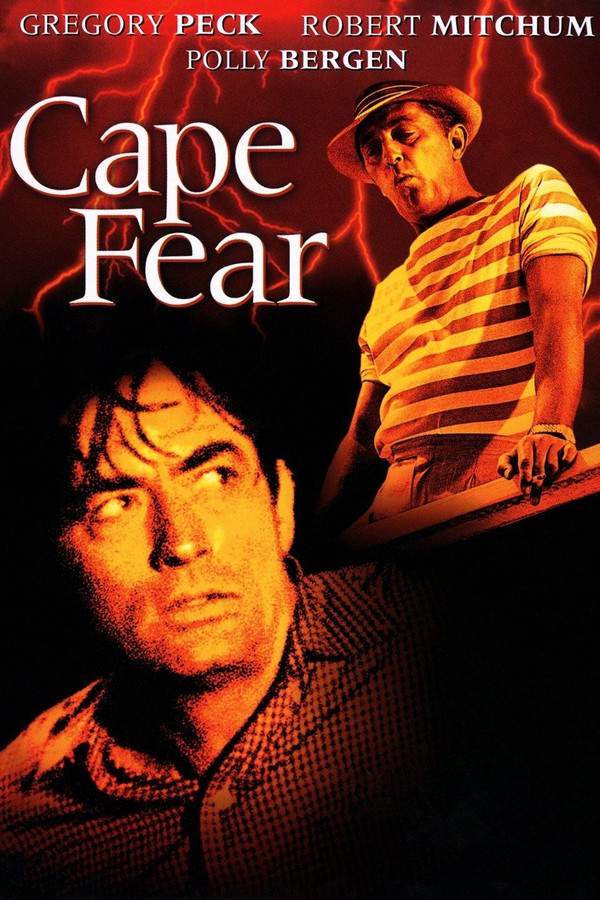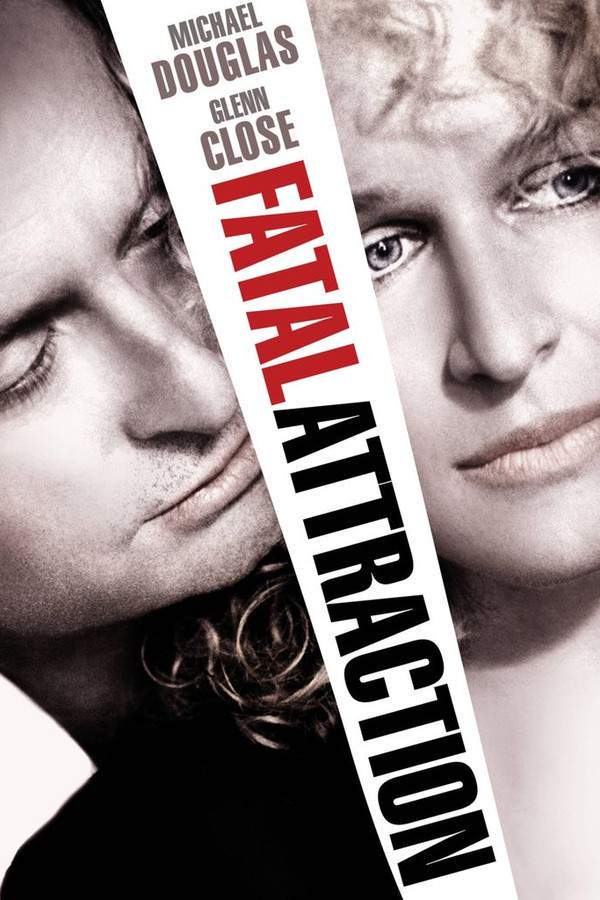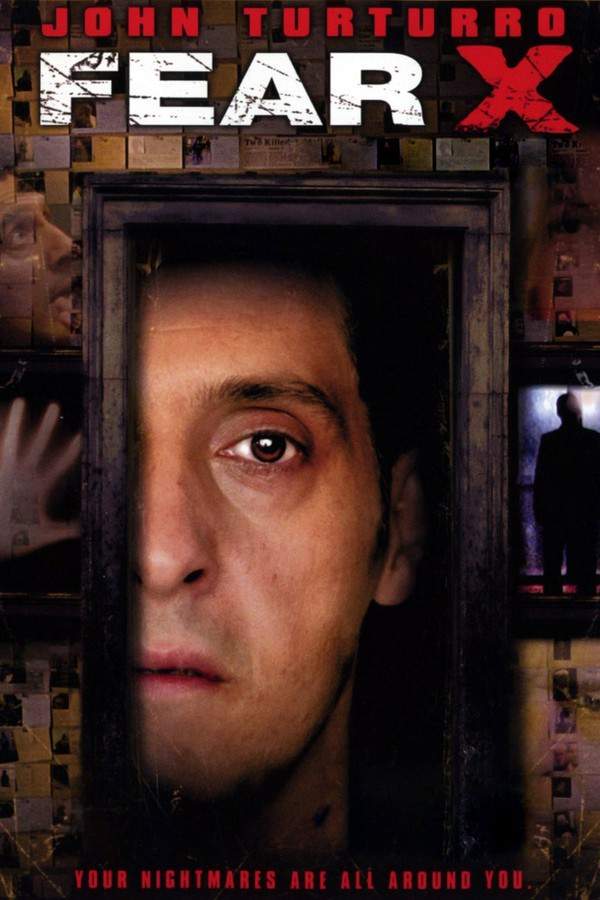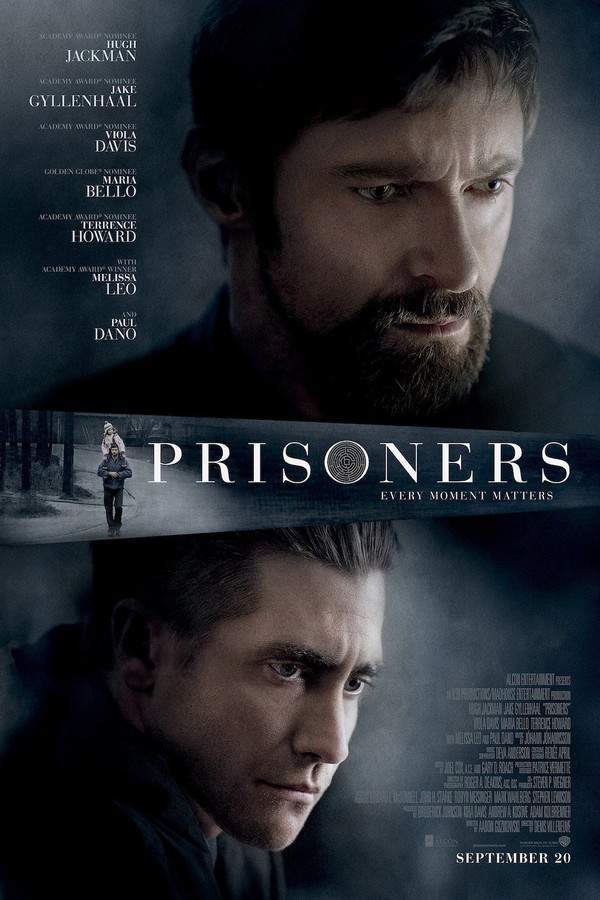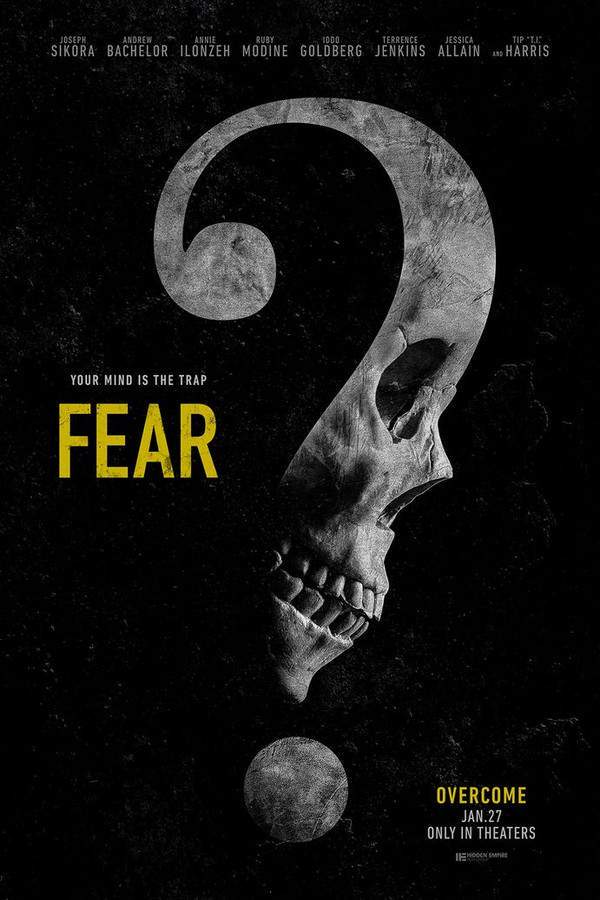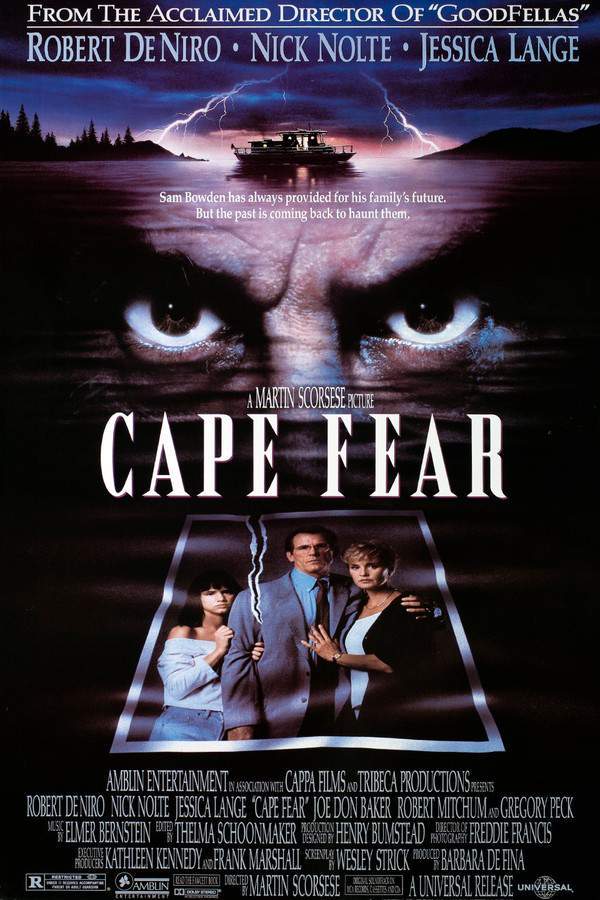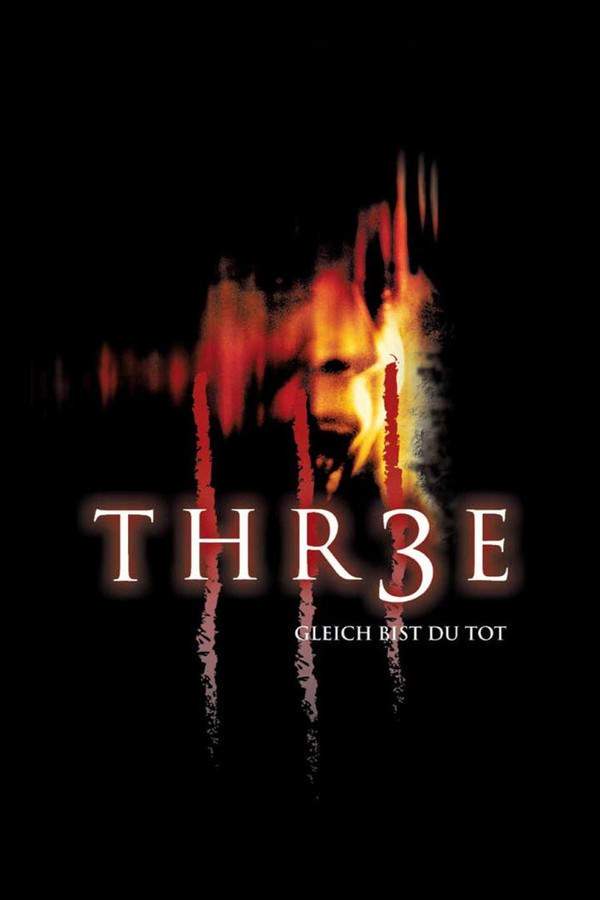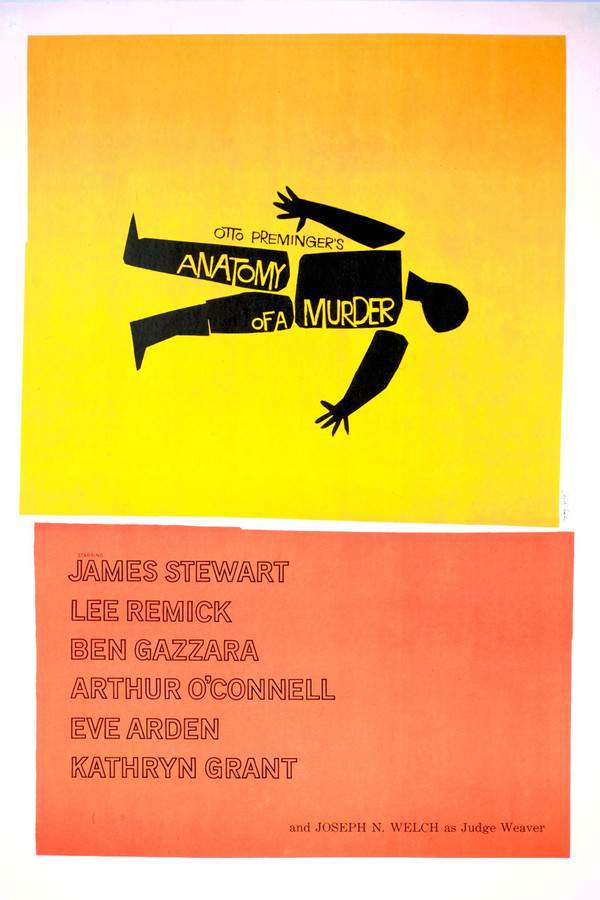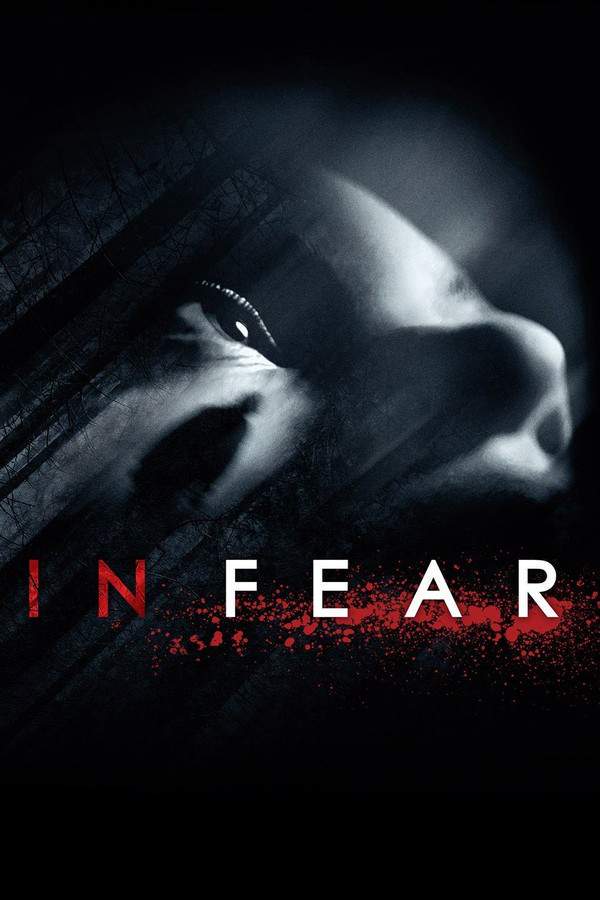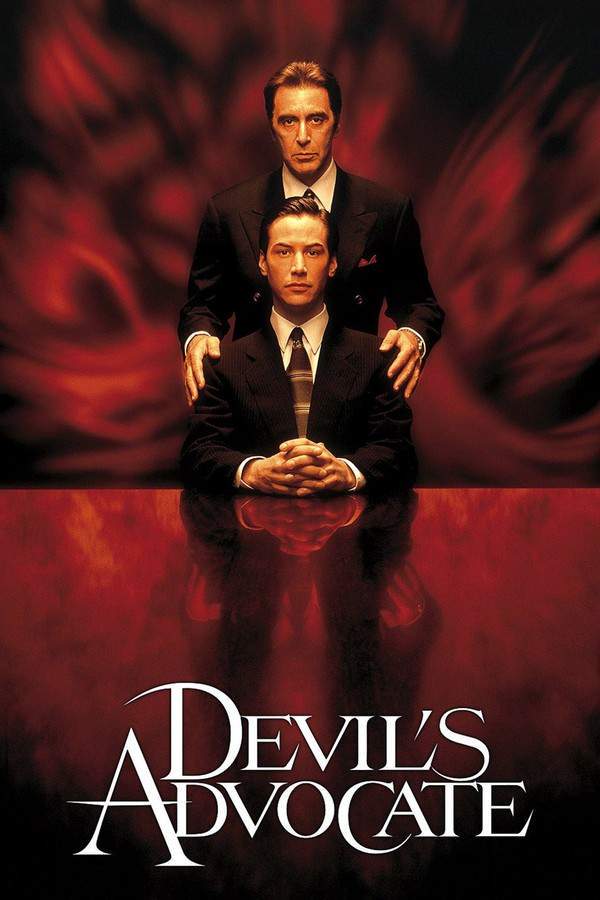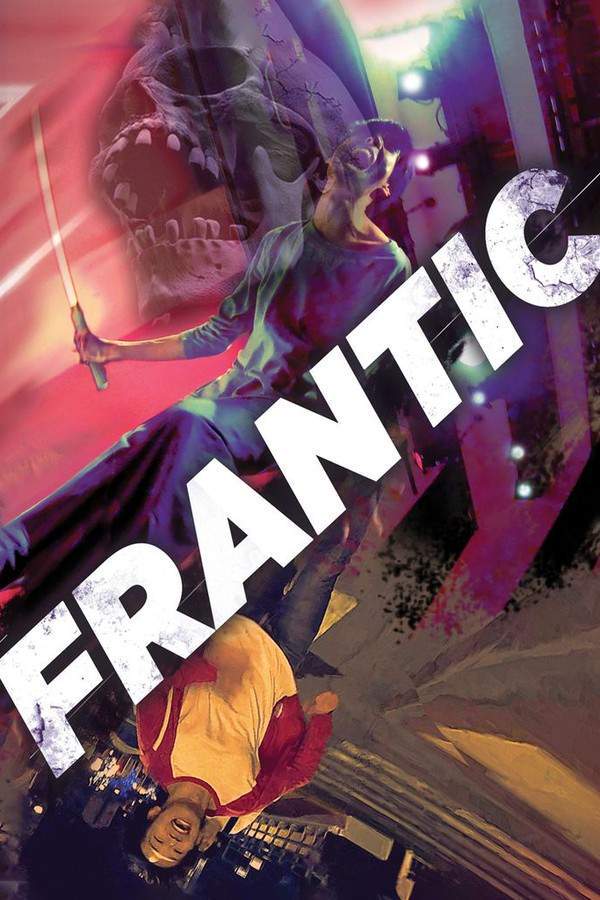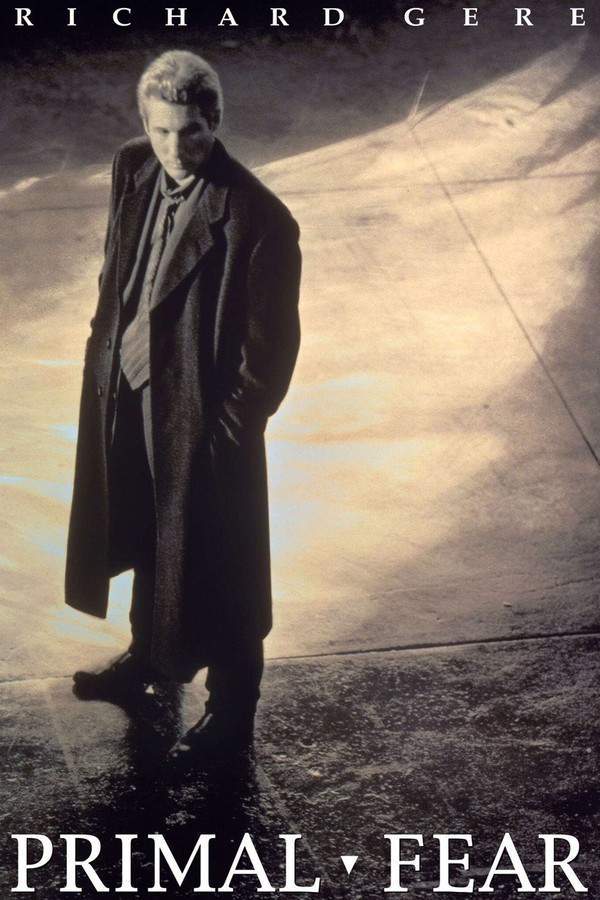
Primal Fear 1996
Directed by
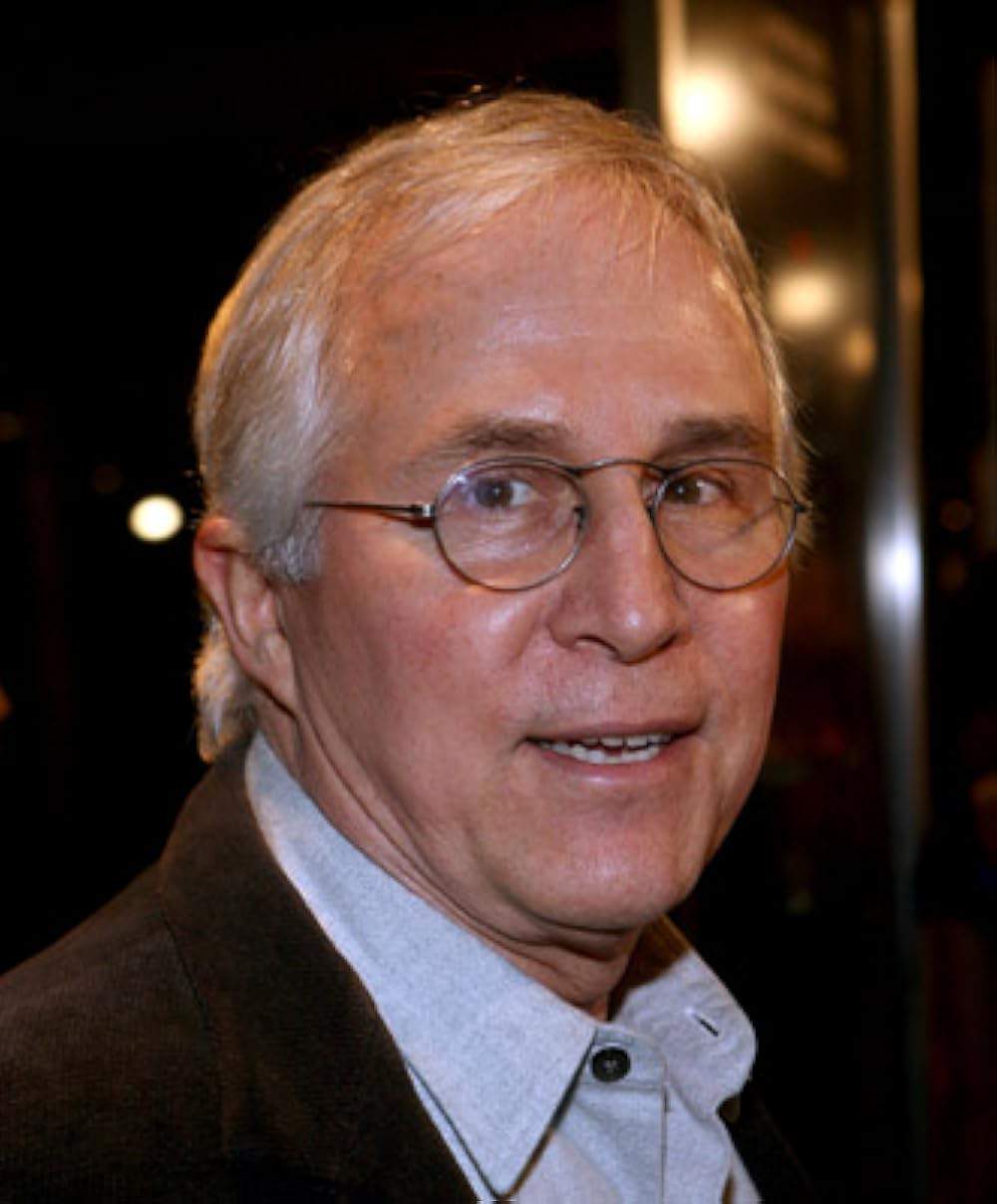
Gregory Hoblit
Made by

Paramount Pictures
Primal Fear Plot Summary
Read the complete plot summary and ending explained for Primal Fear (1996). From turning points to emotional moments, uncover what really happened and why it matters.
Martin Vail, a prominent and cynical defense attorney in Chicago, thrives in the limelight, utilizing his legal acumen to secure freedom for his high-paying clients through clever technicalities. One day, he is drawn to a news report about the arrest of Aaron Stampler, an altar boy plagued by a stutter, who stands accused of murdering the Archbishop Rushman, a revered figure within the Catholic community. Seizing this opportunity, Vail eagerly agrees to represent Aaron pro bono.
Initially, Vail’s interest lies mainly in the publicity this sensational case could yield. However, during their meetings at the county jail, he starts to believe in Aaron’s innocence, despite the skepticism of Janet Venable, the prosecutor, and Vail’s former romantic partner, portrayed by Laura Linney. Vail theorizes that Aaron may possess a split personality, allowing a more aggressive persona to take hold and commit violent acts.
As the murder trial unfolds, Vail uncovers a conspiracy involving influential civic leaders who have suffered significant financial losses due to the Archbishop’s decisions to withhold certain church lands from development. The Archbishop had been threatened with death over this matter, and disturbing rumors circulate that he had sexually abused young altar boys, including Aaron.
Introducing this evidence might rally the jury’s sympathy towards Aaron, yet it simultaneously suggests a motive for the crime, which the prosecution has been desperately lacking. The odds seem stacked against the defense, with substantial evidence portraying Aaron as the perpetrator, including his frantic escape from the crime scene, clothed in blood. Public sentiment runs high against Aaron, while many refuse to accept the dark truths surrounding the Archbishop.
In a daring move, Vail infiltrates the Archbishop’s apartment, discovering a pornographic videotape that implicates the Archbishop in heinous acts with altar boys and a girl named Linda. Understanding its implication, he anonymously submits the tape to Janet, expecting her to use it as crucial evidence, even when John Shaughnessy, the District Attorney, insists on suppressing these damaging revelations.
When Vail confronts Aaron about the tape, the young man breaks down, only to reveal a darker, malevolent alter ego named “Roy,” who confesses to the murder due to years of abuse at the hands of the Archbishop. This transformation shocks Vail as “Roy” physically assaults him, after which Aaron returns to his usual demeanor, appearing unaware of the outburst. Molly Arrington, the psychiatrist examining Aaron, theorizes that his multiple personality disorder stems from childhood abuse, which was triggered by the trauma he endured from the Archbishop.
As the trial progresses, Vail subtly weaves hints of the Archbishop’s true character and Aaron’s psychological turmoil into the courtroom dialogue. While searching for Linda, he discovers her decomposed body but lacks hard evidence tying Aaron to her death.
At the peak of the trial, Vail places Aaron on the witness stand, skillfully probing into the boy’s troubled past. However, during a heated cross-examination by Janet, Aaron suddenly transforms into Roy, physically threatening her and invoking chaos in the courtroom. Amidst the chaos, the judge decides to dismiss the jury and shift to a bench trial. Ultimately, Aaron is declared not guilty by reason of insanity, resulting in his commitment to a maximum-security mental facility. However, Janet pays the price for the scandal, as she is dismissed from her position for exposing the Archbishop’s misdeeds.
In a gripping finale, Vail visits Aaron in his cell to share the news of his acquittal. To Vail’s shock, Aaron claims to remember none of the courtroom incidents; however, just as Vail turns to leave, Aaron cryptically conveys a message to Janet that hints at his awareness of everything that transpired.
“Tell Miss Venable I hope her neck is okay,”
This revelation leads Vail to realize that Aaron has been feigning his insanity. With a chilling grin, Aaron admits to being the true architect of his alter egos and confesses to the murders, including that of Linda. Disillusioned and angered that he fell for Aaron’s facade, Vail exits the courthouse, feeling a darker sense of shame and frustration, leaving the public spotlight behind as Aaron/Roy taunts him from within the cold confines of his cell.
Primal Fear Timeline
Follow the complete movie timeline of Primal Fear (1996) with every major event in chronological order. Great for understanding complex plots and story progression.
Martin Vail's Ambition
Martin Vail, a prominent defense attorney in Chicago, is known for his sharp legal skills and a strong desire for publicity. His career revolves around securing the freedom of high-paying clients by exploiting legal technicalities, often with little regard for the moral implications of his work.
The Arrest of Aaron Stampler
Vail comes across a news report about Aaron Stampler, an altar boy accused of murdering Archbishop Rushman. Intrigued by the media frenzy surrounding the case and the potential for personal gain, Vail decides to represent Aaron without charge.
Doubts and Beliefs
As Vail meets with Aaron in jail, he initially views the case as a publicity stunt. However, he begins to believe in Aaron's innocence as he learns more about the young man's shattered psyche and his struggles with a stutter.
Conspiracy Unveiled
During the trial preparations, Vail uncovers a conspiracy among civic leaders who had financial motives to eliminate the Archbishop. This revelation ties the Archbishop's past actions to the murder, raising questions about corruption within the church.
The Motive Emerges
Evidence suggesting a motive for the murder begins to surface, complicating Vail's defense. Public sentiment quickly turns against Aaron, placing immense pressure on Vail to maintain his reputation while defending a seemingly guilty client.
Discovery of the Tape
In a bold move, Vail breaks into the Archbishop's apartment and discovers a pornographic videotape. This tape implicates the Archbishop in abuse, prompting Vail to anonymously send it to Janet Venable, hoping to leverage its importance in court.
Revelation of 'Roy'
When Vail confronts Aaron about the tape, the young man reveals an alter ego named 'Roy,' who claims to have committed the murder as a reaction to years of abuse. This shocking transformation raises further doubts about Aaron's mental state and complicates the case.
Trial Chaos
During a tense day in court, Aaron, while on the witness stand, suddenly becomes Roy, violently threatening Janet Venable. This unexpected eruption of chaos leads to the judge dismissing the jury and switching to a bench trial.
Verdict of Insanity
Ultimately, despite the evidence against Aaron, he is declared not guilty by reason of insanity. This verdict leads to his commitment in a maximum-security mental facility, stirring both relief and outrage among the public.
Janet's Downfall
Janet Venable faces severe repercussions for her role in exposing the Archbishop's crimes. After the trial, she is dismissed from her prosecutor position, highlighting the risk of uncovering powerful truths within the legal system.
A Disturbing Visit
Vail visits Aaron after the trial to inform him of his acquittal, only to be unsettled by Aaron's claim of having no memory of the courtroom scenes. This revelation leaves Vail questioning the reality of Aaron's mental state.
The Chilling Confession
In a shocking moment, just before Vail leaves, Aaron cryptically relays a message to Janet that implies he remembers everything. This revelation forces Vail to confront the chilling reality that Aaron has been manipulating perceptions all along.
The Truth of the Alter Egos
As Aaron grins, he admits to orchestrating his alter egos, including the murders of both the Archbishop and Linda. This dark confession shatters Vail's belief in Aaron's innocence, revealing the depths of Aaron's deceit and cruelty.
Vail's Disillusionment
Disillusioned by the manipulation he faced and feeling a sense of shame, Vail exits the courthouse. The revelation that he fell for Aaron's facade leaves him grappling with his morals and the monstrous nature of the crime.
Leaving Behind the Spotlight
As Vail departs, Aaron's taunts resonate in his mind, symbolizing the loss of control Vail experienced. The case transforms his approach to law, making him reconsider the darker shades of justice and the potential for evil within seemingly innocent appearances.
Primal Fear Characters
Explore all characters from Primal Fear (1996). Get detailed profiles with their roles, arcs, and key relationships explained.
Martin Vail (Edward Norton)
Martin Vail is a confident and cynical defense attorney who thrives on high-profile cases. Initially motivated by publicity and reputation, his journey reveals a more profound commitment to uncovering the truth, showcasing his evolution as he navigates the murky waters of morality and justice.
Aaron Stampler
Aaron Stampler is a troubled altar boy accused of murder, plagued by a stutter and childhood trauma. His character embodies the themes of duality and psychological torment, revealing a complex personality that intrigues and challenges those around him.
Janet Venable (Laura Linney)
Janet Venable is a determined and ethical prosecutor, representing the voice of justice in the courtroom. Her relationship with Martin Vail adds personal stakes to the case, and she grapples with the moral complexities as she seeks the truth while upholding her legal duties.
Primal Fear Settings
Learn where and when Primal Fear (1996) takes place. Explore the film’s settings, era, and how they shape the narrative.
Time period
The film's events are rooted in contemporary society, likely set in the late 20th century. This period marks a growing focus on psychological analysis in legal defenses and increasing public awareness of abuse within religious institutions.
Location
Chicago
Chicago, known for its vibrant culture and rich history, serves as the backdrop for this intense legal drama. The city's legal landscape is characterized by high-profile cases and a complex judicial system, making it a fitting setting for a story involving courtroom battles and moral dilemmas.
Primal Fear Themes
Discover the main themes in Primal Fear (1996). Analyze the deeper meanings, emotional layers, and social commentary behind the film.
🕵️♂️
Justice
The theme of justice is central to the narrative, as defense attorney Martin Vail navigates the complexities of legal ethics and personal morality. The film questions the effectiveness of the legal system in distinguishing between guilt and innocence, especially when mental illness is involved.
👥
Duality
The theme of duality runs deep through Aaron's character, showcasing the struggle between his innocent persona and his violent alter ego, Roy. This psychological conflict reflects broader questions of identity and the impact of trauma on the human psyche.
⛪
Corruption
Corruption within the church and its impact on the community highlights the darker side of revered institutions. The film reveals how power can lead to moral decay, and how justice can be obstructed by those who should be upholding it.
Movies with Similar Twists and Themes
Uncover films that echo the narrative beats, emotional arcs, or dramatic twists of the one you're exploring. These recommendations are handpicked based on story depth, thematic resonance, and spoiler-worthy moments — perfect for fans who crave more of the same intrigue.
Featured on this page

What's After the Movie?
Not sure whether to stay after the credits? Find out!
Explore Our Movie Platform
New Movie Releases (2025)
Famous Movie Actors
Top Film Production Studios
Movie Plot Summaries & Endings
Major Movie Awards & Winners
Best Concert Films & Music Documentaries
© 2025 What's After the Movie. All rights reserved.


